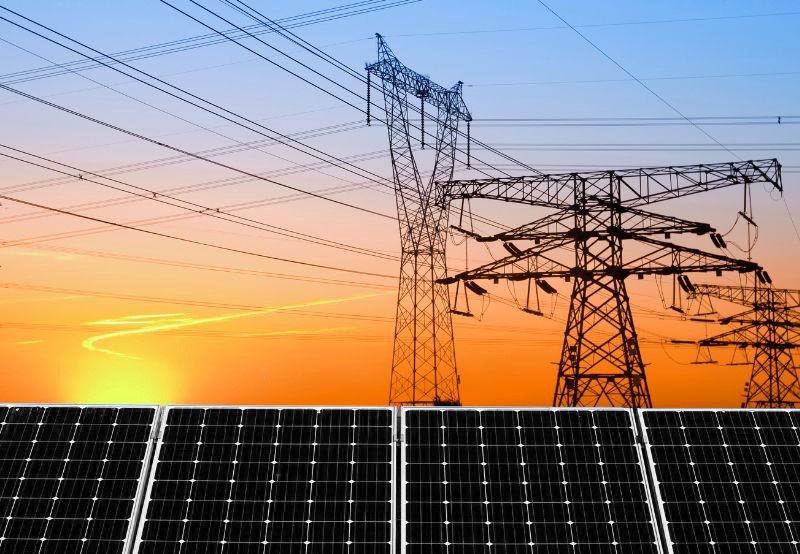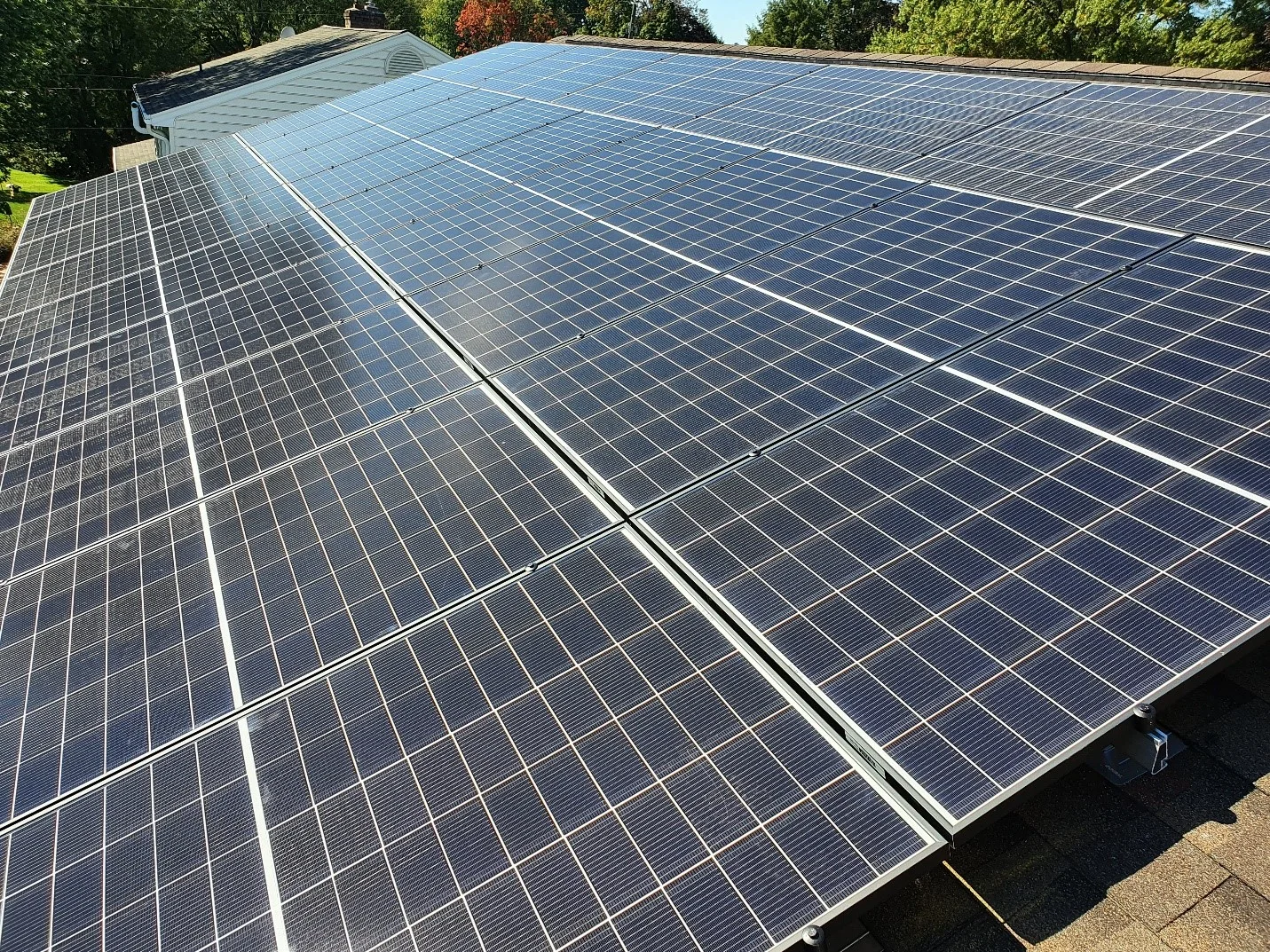How Solar Panels Work? A Beginner's Guide to Solar
If you have ever wondered how solar panels work you are not alone. People around the world have studied solar energy for nearly 200 years. And we’re here to help you understand how solar power works, how solar photovoltaic (PV) panels create electricity, how a solar array works, and why they’re a great choice for most people.
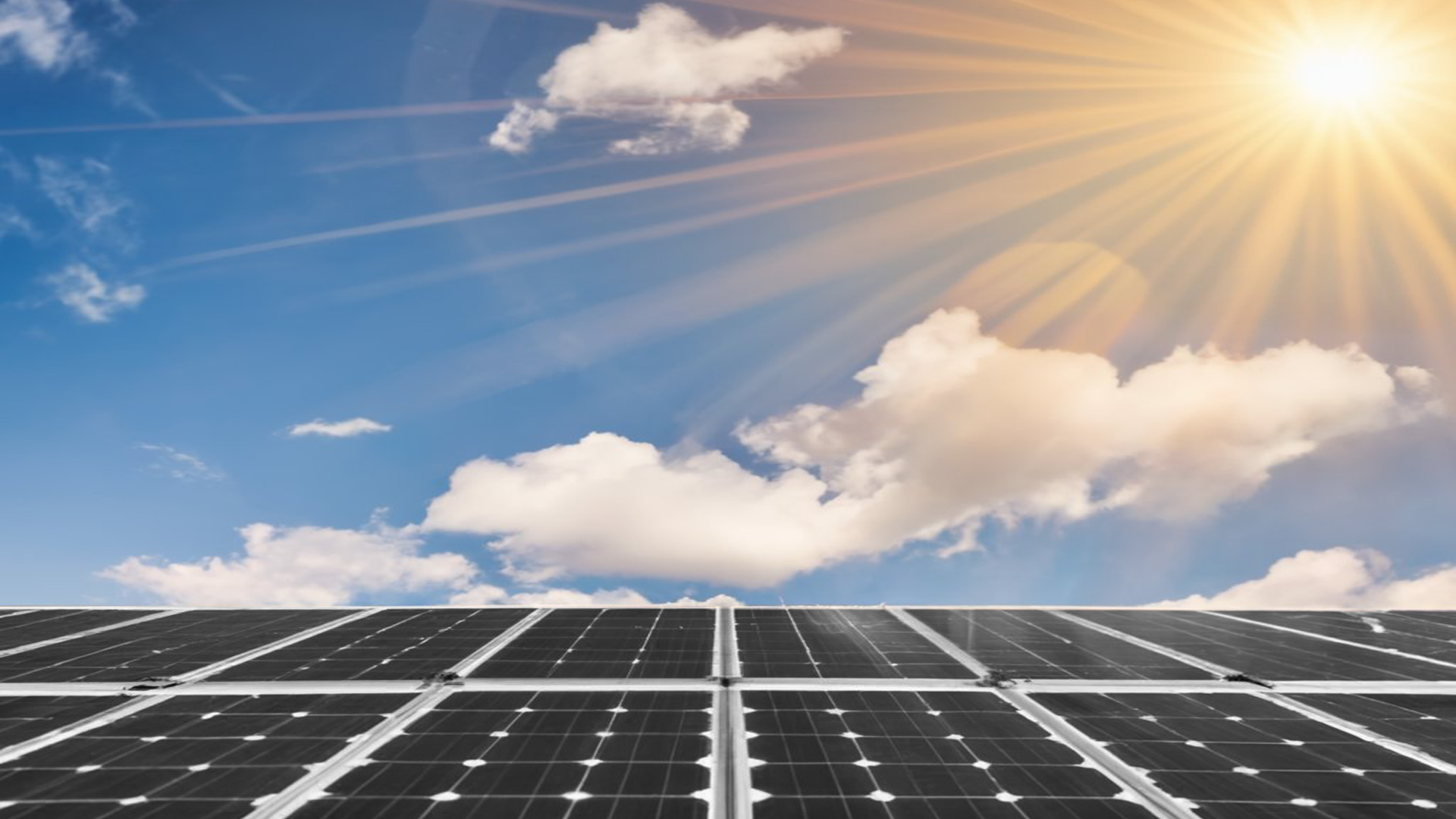
When was solar power discovered?
The photovoltaic effect was discovered by French physicist Edmond Becquerel in 1839. He found that certain materials created electric currents when exposed to light. Bell Labs created the first practical PV solar cell when it used silicon as the semiconducting material in 1954.
The first solar cell had an efficiency of almost 6% converting 6% of the light that struck it into electricity. Since then solar panels have gained significantly in efficiency and today’s residential and commercial solar panels can achieve efficiencies of over 20%.
How do solar panels generate electricity?
The answer is a little complicated but to simplify it, the photovoltaic effect is how solar panels generate electricity. Solar cells capture photons emitted by light, this excites the electrons in the atoms of a solar cell. The excited electrons move between different layers of the cell creating an electric field in between. When the two layers are connected on the outside a current is produced and harnessed to create electricity.
In more depth, the solar cells have multiple semiconductor layers. One is a p-type and one an n-type with a depletion zone or p-n junction in between. The atoms in the n-type semiconductors have more electrons than holes. The atoms in the p-type semiconductors contain more holes than electrons.
When photons from sunlight hit the solar cell, it gives energy to the electrons in the cell. This makes them leave their atoms and create electron-hole pairs. The electric field of the p-n junction separates the electrons and holes, pushing them to opposite sides. This makes a voltage difference between the two sides, which can power a circuit when connected to a load like a battery or your home.

The solar cell makes direct current (DC), which flows in one direction. However, most appliances and devices use alternating current (AC), which changes direction. So solar panels need an inverter to change DC to AC before sending it to the grid or the load. This is how electricity is generated by solar panels using the photovoltaic effect.
How do solar panels work step by step?
1: Sunlight hits the solar cells in a solar panel in a larger solar array.
2: That energizes electrons within the silicon cells, making them move and creating an electric current.
3: The electric current from the solar cells is harnessed by an electric conductor and transported to the edge of the larger solar panel, which is connected to other solar panels in a system and harvested as DC.
4: The DC is usually transported to an inverter, which converts the DC power into AC power set voltages and frequencies. The sort of power used in homes and appliances.
5: The inverter sends the AC power to a load for use. Depending on how the system is designed the load could be your home’s electrical panel (breaker box), the electric grid or a battery backup system for use as needed.
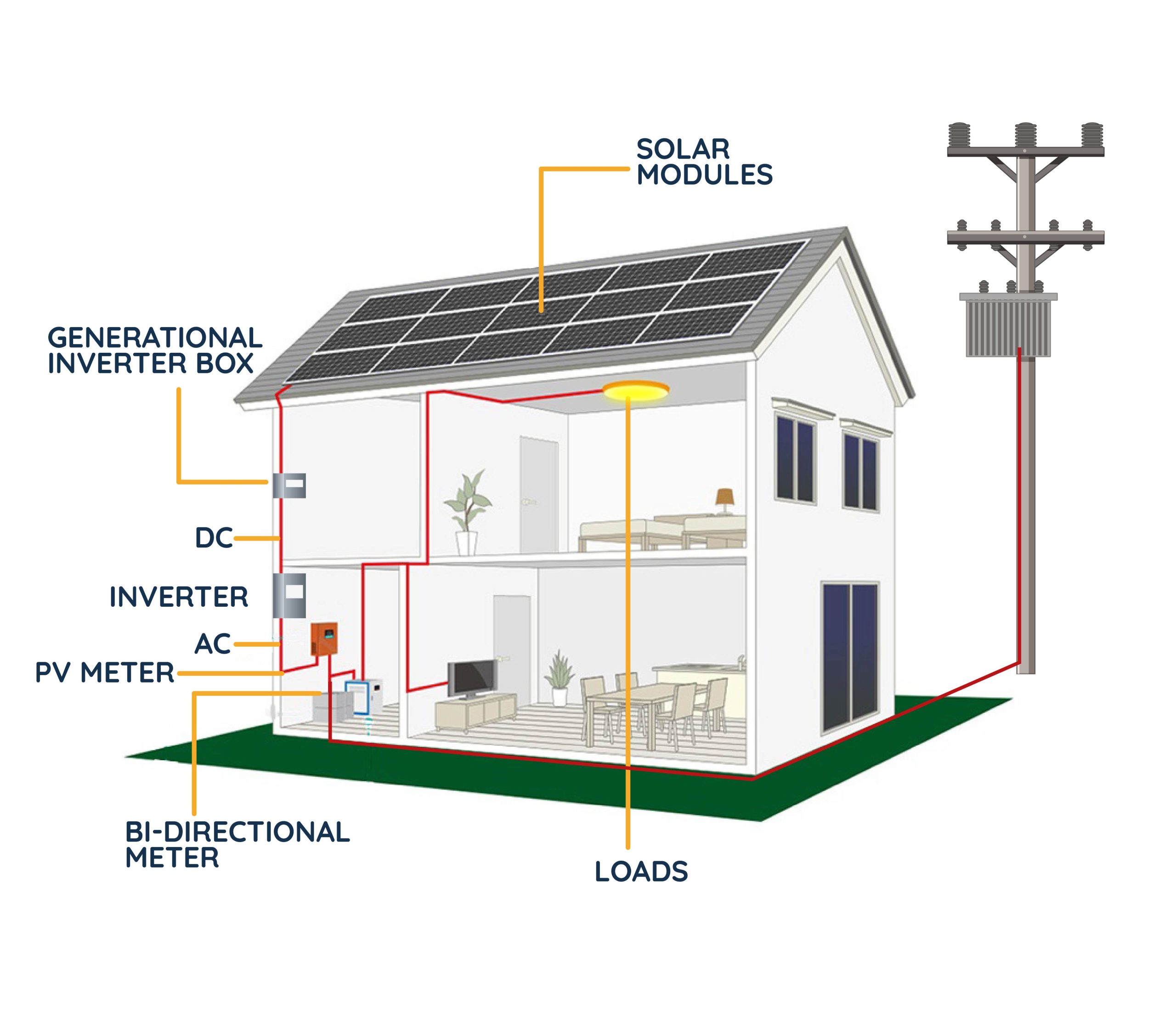
Step 6: After being converted to AC power it is usable by conventional electronics, everything from lights to your refrigerator and HVAC system. Excess power will go to the grid or a battery for later use.
Are there different types of solar panels?
Most commercial and residential solar panels are one of three types: thin-film, polycrystalline, or monocrystalline. Each kind has advantages and disadvantages based on pricing, performance, and aesthetic appeal.
Monocrystalline solar panels are composed of silicon made from a single silicon ingot, which is more expensive to produce than other methods. However, the highly pure silicon produces solar cells that are more efficient. On the downside, they’re often more expensive.
Polycrystalline solar panels are made of multiple crystals of high-grade silicon melted together. They are much less expensive to make than monocrystalline silicon cells. However, they generally make a solar cell that is a little less efficient and then a monocrystalline silicon cell. They have a blue or gray color and look like chips are fused together.
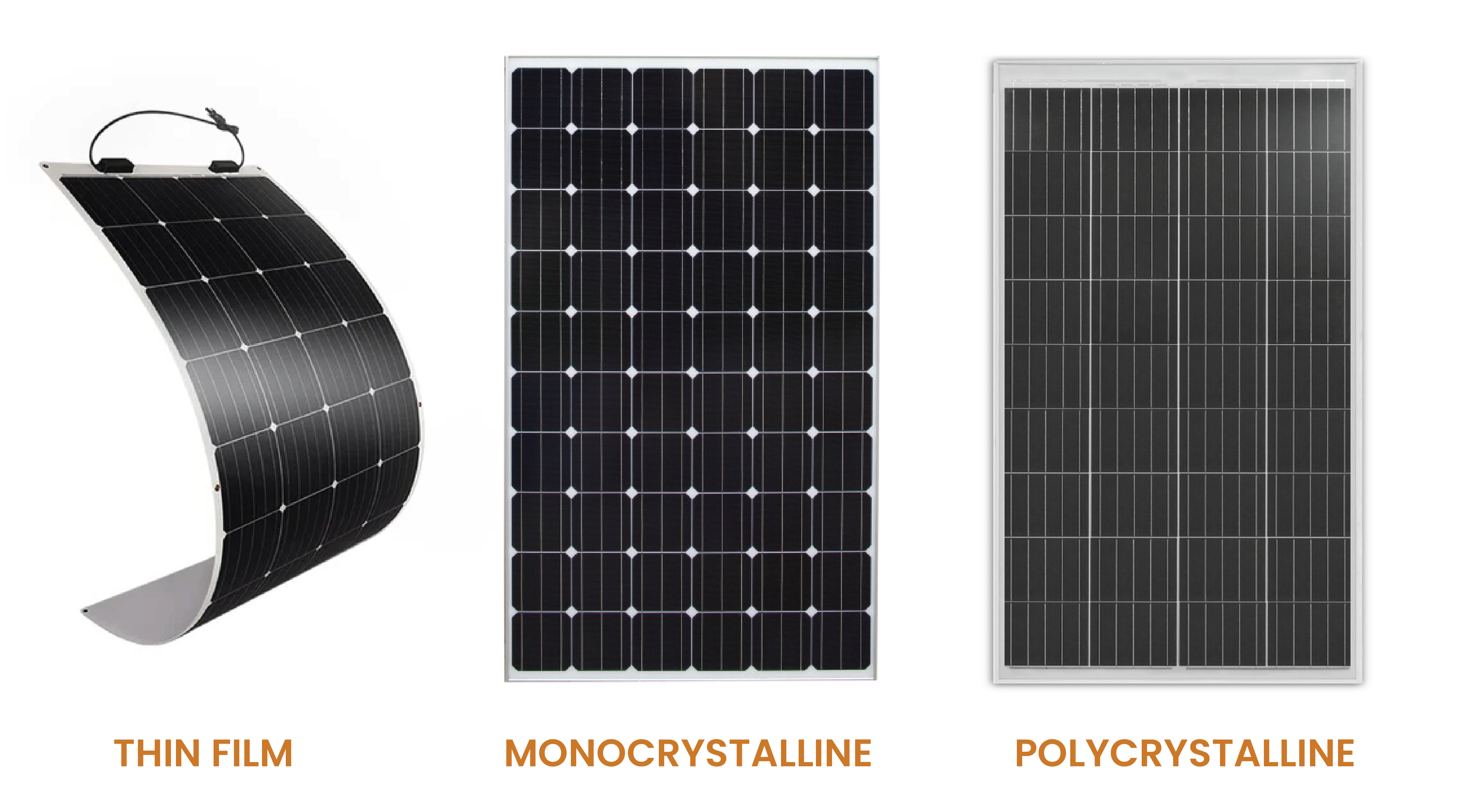
Thin-film solar panels are made using different materials and manufacturing methods. They are usually less expensive than making either type of crystalline silicon cells. The most common types are amorphous silicon, cadmium telluride, or copper indium gallium selenide based thin-film solar panels. They are generally less efficient than their silicon counterparts, but they also have the lowest cost.
What are the key components of a solar panel system?
A typical solar panel system consists of the following components:
Solar panels: The principal part that changes over daylight into power.
Inverter: The device that converts DC power to AC power.
Mounting framework: The structure that secures the solar panels to the roof or the ground and supports them.
Wiring and connectors: The electrical conductors that connect the solar panels to the inverter, and the load (house, building, grid or batteries).
Bi-directional meter: The device that measures how much power the solar panels create, how much power the structure consumes, and whether energy is put into the electric grid.
Batteries: Not all systems have battery backups, but for those that do, an energy storage system can help them further control their energy costs and potential net-metering gains.
Charge controller: For battery based solar systems, the charge controller regulates voltage and current coming from the solar panels into the battery. It prevents the battery from overcharging and getting damaged.
Do solar panels work at night?
Not really. However, your solar array can still provide you benefits at night. If your solar array is connected to a battery backup system or grid-tied and net-metered, the energy you send to the grid or stored in the battery system during the day will help you offset energy use from the grid at night. As a result, even when the panels are turned off, the energy they produce can still be used. Furthermore, if you’re registered in a net metering program, you may be eligible for credit for the excess energy your panels generate and send back to the grid, which can be used to reduce your nighttime energy consumption.
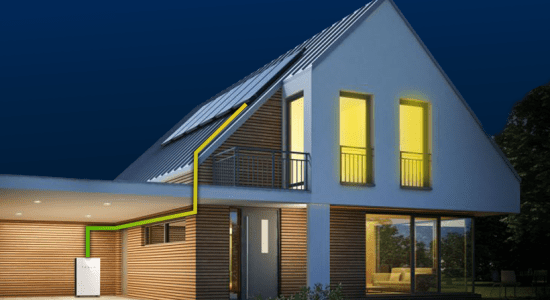
Can solar panels work without an inverter?
Yes. While you need an inverter to use solar in most homes and their AC appliances, solar panels can also charge batteries on solar night lights or be used to operate things like attic fans. In these direct usages the solar panels don’t need to convert DC power into AC power.
Do solar panels work in rain or on cloudy days?
Yes, solar panels still work in the rain and on cloudy days but not nearly as well as on sunny days. The rain or clouds significantly decrease the amount of light that hits the solar cells, reducing their productivity. However, rain provides a benefit by helping wash dust and soil off the panels, which will help them produce more when the sun is out. It is important to note that current solar panels are intended to capture various spectrums of light, which means they may create power even when the sun isn’t shining brightly. Furthermore, the cooler temperatures associated with gloomy weather might boost the panel’s overall performance, as solar cells are greener in cooler settings.
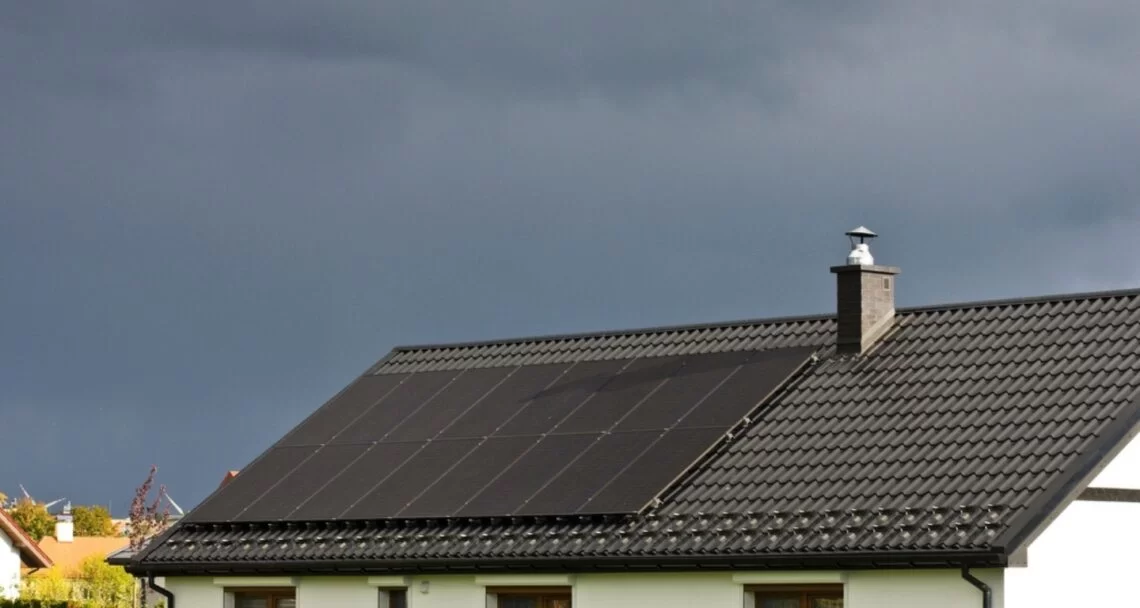
How long will solar panels last?
Most residential and commercial solar panels are expected to produce a certain amount of electricity for at least 25–30 years. After that period of time they will still produce electricity but maybe at a reduced rate. As such most reliable solar panel manufacturers offer production guarantees for that period of time.
How many solar panels are needed to power a house?
The quantity of solar panels you wish to control in a house depends on your energy usage, the efficiency of the solar panels, and the amount of sunlight your home gets, as well as local net-metering rules. An average home in the United States may need between 17 and 25 solar panels to provide most of the power for the home in the daytime. However, this number may change depending on your circumstances and needs.
Conclusion:
Solar photovoltaic power, which was first explained in 1839, has become a powerful sustainable energy solution. Modern solar panels function in various environments, last 25–30 years or more, and can significantly reduce your energy expenses.
To learn more about solar panels or find out whether your home or business is ideal for solar panels, get connected with one of our qualified solar professionals by clicking here.




